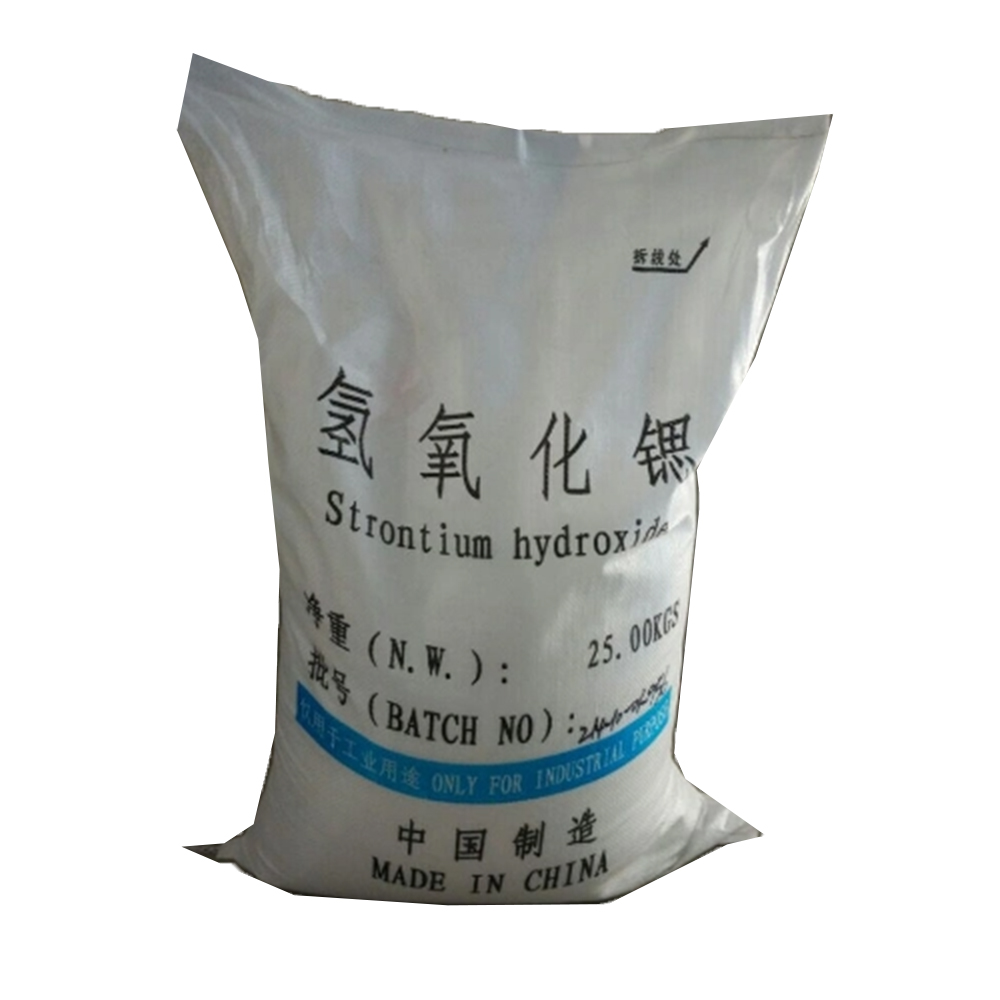



chlorine shock treatment for swimming pools
Chlorine Shock Treatment for Swimming Pools A Guide
Maintaining a clean and safe swimming pool is essential for ensuring a pleasant swimming experience. One of the most effective methods for achieving this is through chlorine shock treatment. Chlorine shock treatment involves adding a large dose of chlorine to the pool water, which helps to quickly eliminate contaminants and restore water clarity.
The primary purpose of shock treatment is to break down chloramines—compounds formed when chlorine combines with organic matter such as sweat, skin cells, and debris. These compounds can cause irritation to the eyes and skin, produce unpleasant odors, and diminish the effectiveness of chlorine in sanitizing the water. By performing a shock treatment, pool owners can keep the water free from these impurities.
To perform a chlorine shock treatment, start by testing the water's pH and chlorine levels. The ideal pH range for pool water is between 7.4 and 7.6. If the pH is too high or too low, adjust it using pH increasers or decreasers before shocking the pool. Once the pH is balanced, it's time to add the chlorine shock.
chlorine shock treatment for swimming pools

Choosing the right type of chlorine is essential. Granular chlorine is one of the most commonly used options for shock treatment, as it dissolves quickly and can provide a fast-acting boost of chlorine. Follow the manufacturer's instructions regarding the quantity of chlorine needed based on the size of your pool. Typically, you will need to add 1 pound of shock per 10,000 gallons of water.
After adding the chlorine shock, it's vital to keep the pool circulating for several hours to ensure the treatment is evenly distributed. It's also advisable to wait at least 24 hours before swimming to allow the chlorine levels to return to safe levels, as high chlorine concentration can be harmful to swimmers.
Regular shock treatment, ideally every 1 to 2 weeks, helps maintain a healthy swimming environment. However, increased frequency may be necessary after heavy use, rainfall, or when visible algae is present. By incorporating chlorine shock treatment into your pool maintenance routine, you can ensure that your swimming pool remains sparkling clean and safe for swimmers of all ages.
-
Why Sodium Persulfate Is Everywhere NowNewsJul.07,2025
-
Why Polyacrylamide Is in High DemandNewsJul.07,2025
-
Understanding Paint Chemicals and Their ApplicationsNewsJul.07,2025
-
Smart Use Of Mining ChemicalsNewsJul.07,2025
-
Practical Uses of Potassium MonopersulfateNewsJul.07,2025
-
Agrochemicals In Real FarmingNewsJul.07,2025
-
Sodium Chlorite Hot UsesNewsJul.01,2025










